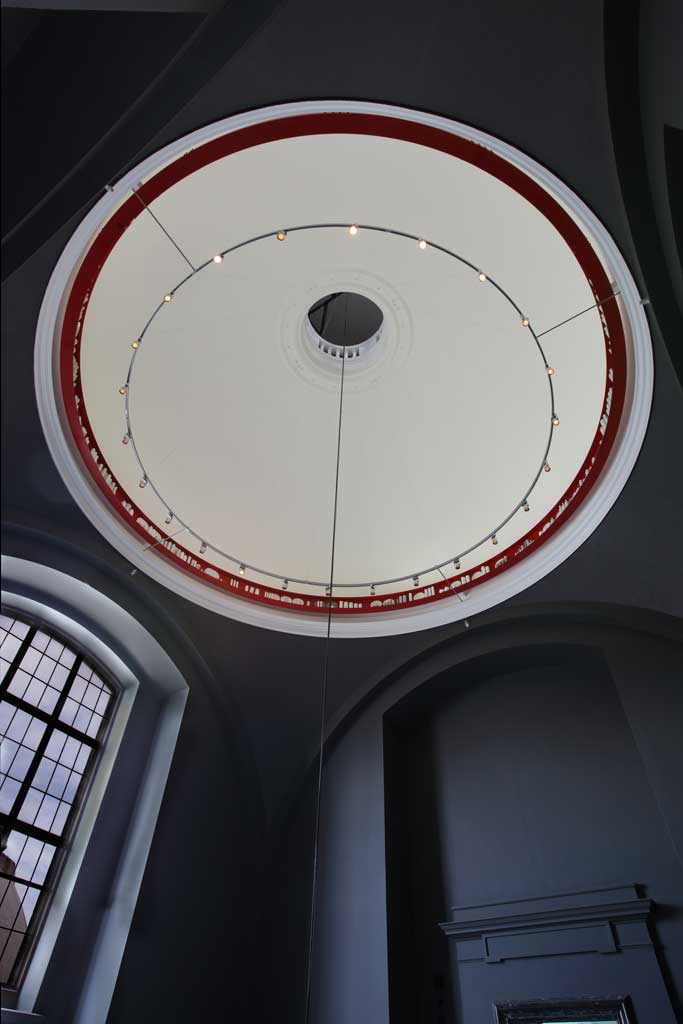
Your support helps us to tell the story
From reproductive rights to climate change to Big Tech, The Independent is on the ground when the story is developing. Whether it's investigating the financials of Elon Musk's pro-Trump PAC or producing our latest documentary, 'The A Word', which shines a light on the American women fighting for reproductive rights, we know how important it is to parse out the facts from the messaging.
At such a critical moment in US history, we need reporters on the ground. Your donation allows us to keep sending journalists to speak to both sides of the story.
The Independent is trusted by Americans across the entire political spectrum. And unlike many other quality news outlets, we choose not to lock Americans out of our reporting and analysis with paywalls. We believe quality journalism should be available to everyone, paid for by those who can afford it.
Your support makes all the difference.A master potter who famously started potting aged five, took adult education pottery classes from the age of 12, and who five years later became apprenticed to Geoffrey Whiting, disciple of the famous studio potter Bernard Leach (on whom the apprentice would later write a biography), Edmund de Waal, 47, is in his south London studio to discuss with me his latest work, The Pot Book.
He is famed for his exhibitions at Cambridge's Fitzwilliam Museum, a permanent installation at the V&A, and for his prize-winning, best-selling family history The Hare with Amber Eyes: a Hidden Inheritance, out last year.
His choice of pots owes much to Song dynasty China clay and to Italian majolica (tin glaze), to studio potter Lucie Rie and Chinese artist Ai Weiwei. The top line seems to be that in every selection functionality and beauty combine. His own work plays with light and dimension, shape and form. Assembled under titles such as Signs and Wonders, it has a mesmerising spiritual dimension. Yet, from earth, to earth pots will eventually return. As De Waal concludes: "They belong to the cheerful muddle of life... Nothing is wasted. All is return and recapitulation."
'The Pot Book' is published by Phaidon. An illustrated edition of 'The Hare with Amber Eyes: a Hidden Inheritance', published by Chatto & Windus, is out now
Join our commenting forum
Join thought-provoking conversations, follow other Independent readers and see their replies
Comments